INTRODUCTION
For years, there here have been efforts to designate April a month observing Arab American heritage although they have so far not born fruit. In 2017, Democratic congresswoman Debbie Dingell introduced to the House of Representatives a resolution to proclaim National Arab American Heritage Month. A similar bill was introduced in 2020 but so far federal recognition has not been granted. On a local and state level, there has been some recognition of the movement. Montgomery County, Maryland designated April “Arab American Heritage Month” in 2014. In 2020, Virginia followed suit. Perhaps California, the state with by far the largest Arab American population, might follow suit.
Update: Arab American Heritage Month was officially recognized on 19 April 2021, after I wrote this.
Arabs (Arabic: عَرَبٌ) are an ethnic group descended from the tribes of the Arabian Peninsula, the Syrian Desert, and Lower Mesopotamia. Definitions of what constitutes the “Arab World” vary but usually also include the Arab-dominated regions of Ahwaz, the Levant, the Maghreb, and the Horn of Africa. The Arab World is home to numerous non-Arabic indigenous and long-standing minorities (e.g. Amazigh, Armenians, Assyrians, Jews, Kurds, Yazidis, &c) as well as significant numbers of immigrant peoples (in particular Bengalis, Chinese, Filipinos, French, Indians, Indonesians, Italians, Malays, Pakistanis, Somalis, &c). Not surprisingly, many Angelenos with roots in the Arab World are of mixed Arabic and non-Arabic heritage.
Arabs have a long and significant history of exploration, colonization, and imperialism. The Bedouin (from the Arabic badawī; literally “desert people”) are the traditionally nomadic Arabs who have for thousands of years wandered the wilderness areas of the Middle East and North Africa. After the death of Muhammad in 632 CE, Rashidun armies launched campaigns of conquest that led to the establishment of the Islamic Empire. Beginning around the 9th century, the Arab world began producing many notable explorers, navigators, and cartographers.
In the 11th century, Arabs spread into Tamazgha, the North African homeland of the Amazigh. Today, the countries with the largest populations of Arabs outside the Arab World are Brazil, Turkey, Indonesia, France, Argentina, and the US — the latter of which is home to approximately 3,700,000 Arabs. 62% of Arab Americans trace their ancestral origins to the Levant and the largest subgroup of Arabs in the US, by no small measure, are the Lebanese. The next largest populations, in descending order, are Egyptian, Syrian, Iraqi, Moroccan, Palestinian, and Jordanian in origin. Nearly a quarter of Arab Americans claim ancestry from at least two Arabic countries. With a population that is roughly 40% Arabic, Dearborn, Michigan has long been the American city with the highest percentage of Arab residents but California, home to roughly 817,455 Arabs, has hundreds of thousands more Arabs than all of Michigan, which has the second-largest Arabic American population, followed by New York, Florida, New Jersey, Illinois, and Texas.
The impetuses for emigration vary generally by era and events although conflict and instability have often been the catalyst. Higher education has long been another. Most Arabs settle in large cities and early Arab immigrants to the US mostly settled in the Northeast. As factory jobs became more prevalent in the Midwest, many Arabs settled in that region. With the centrality of the Northeast and Midwest reduced, more recent Arab immigrants and refugees have often favored the cities and suburbs of the Sun Belt. Today, Los Angeles has the largest population of Arabs within the US.
Many of the region’s Lebanese arrived during the Lebanese Civil War (1975-1990). Many Palestinians came to Los Angeles as refugees during the 1948 Arab-Israeli War. An even larger wave of Palestinians as well as many Egyptians came to Los Angeles after the 1967 Six-Day War. Many Iraqis moved to the US following the Iran–Iraq War (1980-1988), the Gulf War (1990-1991), and the Iraq War (2003-2011). Many Arabs settled in and around the unincorporated areas of West Anaheim which by the early 2000s were colloquially known as Little Arabia. Within Los Angeles County, Arabs, specifically Lebanese, are most prominent within the communities of Altadena, San Pasqual, and Angeles Crest.
SIRHAN SIRHAN
Surely one of the most notorious Arab Angelenos is Sirhan Bishara Sirhan (سرحان بشارة سرحان), who is serving a life sentence for the assassination of United States Senator Robert F. Kennedy at the Ambassador Hotel on 5 June 1968 in what is now Koreatown. Sirhan was born in Jerusalem in 1944 and there attended a Lutheran school. His older brother was killed and Sirhan was traumatized by violence. The Sirhan family came to the US in 1956 and ultimately settled in Altadena. In an interview with David Frost, he explained that his “only connection with Robert Kennedy was his sole support of Israel and his deliberate attempt to send those fifty bombers to Israel to obviously do harm to the Palestinians.”
ARAB ANGELENOS & TERRORISM
The assassination of Robert Kennedy is characterized by many scholars as the first major incident of political violence in the US that resulted from the Arab-Israeli conflict. Although largely forgotten today, terrorist bombings were incredibly common in the 1970s in Europe and the US. In an eighteen-month period in 1971 and ’72, the FBI counted 2,500 bombings on American soil. The perpetrators were often radical right-wing and left-wing underground organizations and Arabs, when involved, were nearly always the victims.
On 2 June 1972, the Lebanese consulate on Hollywood Boulevard was bombed. Surveying the rubble, the baffled Lebanese consul general, Wadih Dib, asked “Who would do this?” The answer, revealed in time, was the Jewish Defense League (JDL), a right wing organization that commit many more acts of anti-Arab violence in the years that followed. The same month as the bombing, an Arabic mechanic named Pierre Alwan was attacked by JDL members after voicing his opinion about the Middle East crisis on television. In September 1972, five members of JDL detonated explosives in an attack on a Palestinian accountant, Mohammed Shaath, his wife, Wafa, and their two infant children. An anonymous caller phoned The Los Angeles Times with a message, “I just bombed an Arab’s house in Hollywood. No Arab is ever going to be safe in this country. Never again. Never again. Never again.” On 11 November 1974, a bomb destroyed the offices of the United Nations Association in Los Angeles. Again, an anonymous caller to the Los Angeles Times explained the motives behind the destruction, explaining that it was “a thank-you message from the PLO. The message is for letting them address the UN. Never again.” Mustafa Siam, the editor of The Palestinian Voice, was targeted with a bomb attack in 1975 — although the dynamite failed to explode. In June 1978, a cinema on Sunset Boulevard was bombed because it was preparing to screen a documentary called The Palestinian. When the documentary’s narrator, Vanessa Redgrave, was awarded an Oscar, JDL members burned effigies of the British actress outside the ceremony.
In 1985, Alexander Michel Odeh, the West Coast regional director of the American-Arab Anti-Discrimination Committee (ADC) was assassinated in Santa Ana at his home as he prepared to appear as a guest speaker at a synagogue in Fountain Valley. Odeh was born in Jifna in 1944 and came to the US in 1972. Odeh was a poet who published a volume of his work as Whispers in Exile. The perpetrators, according to the FBI, were yet again, members of JDL. At his funeral, Clovis Maksoud, the Arab League’s representative to the United Nations in New York, compared Odeh with Mahatma Gandhi and Martin Luther King, Jr. A memorial statue sculpted by Algerian American artist Khalil Bendib was installed in front of the Santa Ana Central Library in 1994.
THE LOS ANGELES EIGHT
On 27 January 1987, Amjad Mustafa Obeid, Ayman Mustafa Obeid, Bashar Amer, Iyad Barakat, Julie Mungai, Khader Hamide, Michel Shehadeh, and Naim Sharif were arrested in a series of early morning raids for supporting the Popular Front for the Liberation of Palestine (PFLP), a Marxist-Leninist terrorist organization. The accused Arab Angelenos were tried as a group and labeled “The Los Angeles Eight” by the press. After 23 days of solitary confinement on Terminal Island and twenty years of deportation proceedings, charges were finally dropped in 2007.
ARABIC LANGUAGE
Arabic is the most widely spoken Semitic language. Other Semitic languages include Amharic, Tigrinya, Hebrew, Tigre, Aramaic, and Maltese. Arabic is the lingua franca of the Arabic world and the liturgical language of Islam. Arabic is the thirteenth most spoken language in Los Angeles. There are numerous language academies that offer Arabic classes although as far as I know, none are dedicated solely to teaching Arabic. There is an online Arabic radio station, iHabibi Radio, based in Corona. An Arabic newspaper, Beirut Times, was established in Pasadena and has been published since 1985.
ARABIC CUISINE
Arab cuisine includes numerous regional cuisines spread across a large geographic area. Despite regional traditions, however, there are also similarities and commonalities resulting of centuries of interaction and trade of spices, herbs, and cooking traditions. Wheat breads, sauces, yogurts, legumes, fruits, nuts, greens, cheeses, rice, and sweets are all staples of Arab cuisine. Coffee was first cultivated either in the Southern tip of the Arabia peninsula or across the strait in the Horn of Africa and there are elaborate coffee ceremonies in many Arabic cultures. There are also numerous tisanes popular in the Arab world.
There are probably too many Arabic restaurants to provide an exclusive list. Additionally, some obscure somewhat their Arabic identity by identifying merely as “Middle Eastern” or “Mediterranean” — a tactic additionally employed by non-Arabic Armenian, Greek, and Persian restaurants — which frustrates my efforts. I will, however, list some Arab Angelenos who have operate bakeries, restaurants, or other food-related businesses: Cecilia Sibony (of Sesamaise Tahini), Kheira B (of Chefkinthekitchen), Lenora Marouani (of The Souk), Mary Yacoubian (of Fruzion), Miriam Zakaria and Nael Hassan, Rafi Avakian (of Maison Rafi), Salpy Bedrosian-Keif, and Zumi (of Club Sofra). I will also add any Arabic restaurants to the map as I’m made aware of them.
ARABIC MUSIC & ARAB ANGELENO MUSICIANS
Arabic music includes many rich and varied musical traditions as well as contemporary genres that have arisen both within and without the Arab World. Three giants of 20th century Arabic music in my world are Umm Kulthum of Egypt and Fairuz of Lebanon. In the 1990s, Algerian raï performers like Cheb Khaled and Cheb Mami were on my radar. Metro Los Angeles has also produced or at one time been home to its own Arabic musicians.
Paul Albert Anka is a famous classic pop singer and composer. He was born on 30 July 1941 in Ottowa to Lebanese parents. In 1956, he moved to Los Angeles to pursue a career in music. His subsequent hits included “Diana,” “Lonely Boy,” and “Put Your Head on My Shoulder“; and he also composed the theme for The Tonight Show Starring Johnny Carson and Tom Jones‘s “She’s a Lady.” He also translated the lyrics of “Comme d’habitude” into “My Way.”
Dick Dale was a pioneer of surf rock who was widely recognized as the “King of Surf Guitar.” He was born Richard Anthony Monsour on 4 May 1937 to a Lebanese father and Polish mother. Although his chosen instrument was a Fender guitar played with tremendous reverb, anyone with a passing familiarity with Arabic music will recognize its influence on his composition and performance. The Mansour family moved to Los Angeles in 1954. His debut, Surfers’ Choice, was released in 1962. He died on 16 March 2019.
Tiffany was a massively popular teenage singer in the 1980s. She was born Tiffany Renee Darwish on 2 October 1971 in Norwalk to a Lebanese father and Irish-Native American mother. Her biggest hit was a 1987 cover of Tommy James and the Shondells‘ “I Think We’re Alone Now.” Lois Blaisch‘s “Could’ve Been” and “I Saw Him Standing There” (a cover of The Beatles’ “I Saw Her Standing There”) were also number one hits.
Other Arabic Angeleno musicians include Adam Nabeel, Ali Aloulou, Andrew Bazzi, DJ Khaled (Khaled Mohamed Khaled), Farid Karam Nassar, Ferras Alqaisi, French Montana (Karim Kharbouch), Gabbie Hanna, Ines Belayouni, Khaled Sahour of Stoned Pirates, Mayssa Karaa, Nazfunk (Nazim Chamibi), Paul Jabara, Rohini Jadhav, Ron Affif (Ronaldo Antunacci Charles Affif), Réya Wahab, Sameh Marey (of NOVA in Hollywood), TamTam, and YXNG BA$$.
ARABIC RELIGION
All of three of the world’s major Abrahamic religions (Judaism, Christianity, Islam) emerged from within the Arab world but in the West, “Arab” and “Muslim” are often incorrectly used as synonyms. The countries of origin for the highest number of Muslim Americans are Pakistan, Iran, and Bangladesh — none of which are Arab — and two out of every three Arab Americans is, in fact, Christian. About one in four Arab Americans is Muslim, however, and about 13% claim no religious affiliation.
In Los Angeles, it’s far easier to identify Arabic churches than it is Arabic mosques. The word “Arabic” appears in the name of most Arabic Christian churches, including Arabic Bible Christian Church, Arabic Community Christian Church, Arabic Holiness Church, Arabic Life Center Church, and Middle East Christian Arabic Church. Additionally, Arab Christians mostly belong to Arabic Christian denominations like the Chaldean Catholic Church, the Maronite Church, or the Coptic Catholic Church. Services, too, are often conducted in Arabic. Identifying a mosque as specifically Arabic, on the other hand, is pretty much impossible as Arabic is the liturgical language of all Islam and the congregations of Los Angeles mosques are multi-ethnic. A few, though, have direct ties to the Arab world, though. King Fahad Mosque, built in 1998, was financed by and named after King Fahd of Saudi Arabia. It has to be said, however, that the most striking mosque in Los Angeles is Masjid Omar ibn Al-Khattab, the construction of which began in 1984, and which is named after an Arabic companion of the prophet Muhammad.
Other local Arabic organizations include the Al-Awda, Algerian American Association of Southern California, American Muslims for Palestine, the National U.S.-Arab Chamber of Commerce – Los Angeles, the Arab American Civic Council, BDS Los Angeles for Justice in Palestine, the Consulate General of Lebanon – Los Angeles, the Consulate General of the Arab Republic of Egypt in Los Angeles, the Consulate General of the United Arab Emirates, the Consulate of Morocco in Los Angeles, the Egyptian American Organization (EAO), the Embassy of Palestine in Los Angeles United States of America, the House of Egypt, the House Of Lebanon, the Iraqi Consulate General in Los Angeles, the Kuwait Cultural Office Los Angeles, LA4Palestine, the Moroccan American Association of Los Angeles, Palestinian Children’s Relief, the Palestinian American Women’s Association, and the Saudi Students Association in Los Angeles.
ARABIC FILM & ARAB ANGELENO FILMMAKERS
Arabic Cinema includes the film industries of several countries but Egypt was a pioneer and, before the nationalization of its cinema, dominated the Arabic world. Within Los Angeles, however, the words “Arabic Cinema” are more likely to bring to mind the Moorish Revival architecture of cinemas like the Egyptian Theatre, the Lincoln Theatre, the Tower Theatre, and the Vista — which has a Spanish Mission Revival exterior with an Egyptian inspired interior — the result of Tutankhamun‘s tomb having been discovered during its construction and the subsequent craze for Ancient Egypt. It will come as no surprise, however, that neither was designed by an Arab architect not that either, to my knowledge, has ever screened an Arabic film. The same is true of the demolished Beverly Theatre, which was built in 1925 and demolished in 2005. Moorish Revival architecture, of course, wasn’t limited to cinemas and was also applied to homes, grand buildings like the Shrine Auditorium, and even kitschy service stations.
Arab films have screened elsewhere in Los Angeles, though. There is the Arab Film Festival Los Angeles, the flagship event of the Arab Film and Media Institute, The largest independent annual showcase of Arab films and filmmakers in the country was inaugurated in 1996 in the San Francisco Bay Area before relocating to its natural home. Los Angeles, too, has over the years been home to numerous Arabic actors and filmmakers.
George Nader was a Lebanese American actor and writer who appeared in films from 1950-1974, including the infamous low-budget Robot Monster (1953). Danny Thomas (born Amos Muzyad Yaqoob Kairouz) was a Lebanese American entertainer whose career spanned five decades. He was the star of Make Room for Daddy (later known as The Danny Thomas Show from 1953–1964. His daughter, Marlo Thomas, is best known for starring in That Girl (1966–1971) and for her franchise, Free to Be… You and Me. Jamie Farr (born Jameel Joseph Farah) is a Lebanese American actor best known for playing Corporal Maxwell Q. Klinger on the television sitcom, M*A*S*H. Casey Kasem (born Kemal Amin Kasem) was a Lebanese American voice actor and disc jockey best known for voicing Norville “Shaggy” Rogers on Scooby-Doo (1969-1997 and 2002-2009) and for hosting American Top 40. Kathy Ann Najimy is a Lebanese American actress who voiced Peggy Hill on King of the Hill (1997–2010) and who co-wrote the feminist play The Kathy and Mo Show, Mo Gaffney. Lebanese Angelenos Anthony Marc “Tony” Shalhoub is best known for portraying Italian American cabdriver Antonio Scarpacci on Wings and Italian American police detective Adrian Monk on the excellent series, Monk. Egyptian Angeleno (born in Torrance) Rami Said Malek won numerous awards Parsi-Indian singer Freddie Mercury in Bohemian Rhapsody.
Other Arab Angeleno actors and filmmakers include Alanna Masterson, Alia Shawkat, Amine Mihoubi, Amy Yasbeck, Anes Hasi, Anissa Jones, Anouar H. Smaine, Ayman Samman (of Aymanation), Ayser Salman, Callie Khouri, Céline Layous, Edy Ganem, Elie Samaha, Emeraude Toubia, Emile Kuri, Fatima AlFulaij, Hassan Said, Jad Mallah, James Stacy, Jenna Dewan, Joanna Younes, Joud AlAmri, Jumanah Shaheen, Khrystyne Haje, Malek Haneen, Michael Ansara, Mo Gallini, Nadia Dajani, Walid Chaya, Omar Metwally, Rhym Guissé, Sam Esmail, Sanaa Hamri, Shannon Elizabeth, Shereen Lani Younes, Sufian Abulohom, Tige Andrews, Tom Shadyac, Tony Thomas, Vic Tayback, Waleed Zuaiter, and Yousef Abu-Taleb. Local Arab American television and media personalities include Adrienne Maloof, Kerri Kasem, Nessa Diab, and Nadya “Octomom” Suleman.
OTHER PROMINENT ARAB ANGELENOS
Other prominent Arab Angelenos include scientists Adah Almutairi, Ahmed Hassan Zewail, Basel Shbita, Charles Elachi, Huda Akil, Imad Albadri, Mostafa El-Sayed, and Omar M. Yaghi; writers Anisa Abeytia, Dania Ayah Alkhouli, Heba Subeh-Hyder, Khaled Mattawa, Laila Lalami, Mona Simpson, Sara Khayat, and William Peter Blatty; artists and designers Adel Sabi, Carole Choucair Oueijan, Dominique Labaki, Ghassan Ghaib, Hala Kaddoura, Jamale Abou Hamad, Kinda Hibrawi (of Mint + Laurel), Krista Awad, Maece Seirafi, Marina Murad, Mary Tawadros (aka EgyptianPrincess8), Paul Batou, Sam Maloof, Suzan Najjar, and Taif Albarainkani; dancer Sonya Tayeh; and comedians Ahmed Ahmed, Aron Kader, Faysal Lawrence, Kassem Gharaibeh, Mohammed “Mo” Mustafa Amer, and Yousef Erakat; clothing and jewelry designers Johara Alrasheed (of Wamba Shop), Kfir Matalon (of Jerusalem Sandals), Kristina Bader (of Sa’oti Jewelry), and Soraya Khineche (of Departure in Studio); models Isabella Khair Hadid, Jelena Noura “Gigi” Hadid, Rima Fakih Slaiby, and Touriya Haoud; athletes Bill George, Doug Flutie, Frank Kalil, Gibran Hamdan, Hocine Khalfi, Jim Harrick, Joseph Michael Lahoud, Matt Kalil, Moustapha Akkad, Oday Aboushi, Omar Hassan, Ryan Joseph Kalil, Sam Khalifa, and Sarah Attar; business people Alec Gores, Allen Adham, George Joseph, Huda Kattan, Lucille “Lucie” Salhany, Mario Kassar, Paul Orfalea, Ray R. Irani, Sam Gores, Thomas J. Barrack Jr., and Tom Gores; journalist Lorraine Ali; and politicians Edward L. Masry and George A. Kasem.
ARAB FESTIVALS AND OBSERVANCES IN LOS ANGELES
The Annual Arab American Day Festival is a three-day cultural and entertainment event held in Orange County. The Lebanese Kataeb Annual Festival Cultural Celebration.
FURTHER READING
“Los Angeles Intifada” by Esmat Elhalaby (Michigan Quarterly Review, 2020)
Support Eric Brightwell on Patreon

Eric Brightwell is an adventurer, essayist, rambler, explorer, cartographer, and guerrilla gardener who is always seeking paid writing, speaking, traveling, and art opportunities. He is not interested in generating advertorials, cranking out clickbait, or laboring away in a listicle mill “for exposure.”
Brightwell has written for Angels Walk LA, Amoeblog, Boom: A Journal of California, diaCRITICS, Hidden Los Angeles, and KCET Departures. His art has been featured by the American Institute of Architects, the Architecture & Design Museum, the Craft Contemporary, Form Follows Function, Los Angeles County Store, the book Sidewalking, Skid Row Housing Trust, and 1650 Gallery. Brightwell has been featured as subject in The Los Angeles Times, Huffington Post, Los Angeles Magazine, LAist, CurbedLA, Eastsider LA, Boing Boing, Los Angeles, I’m Yours, and on Notebook on Cities and Culture. He has been a guest speaker on KCRW‘s Which Way, LA?, at Emerson College, and the University of Southern California.
Brightwell is currently writing a book about Los Angeles and you can follow him on Ameba, Duolingo, Facebook, Goodreads, Instagram, Mubi, and Twitter.

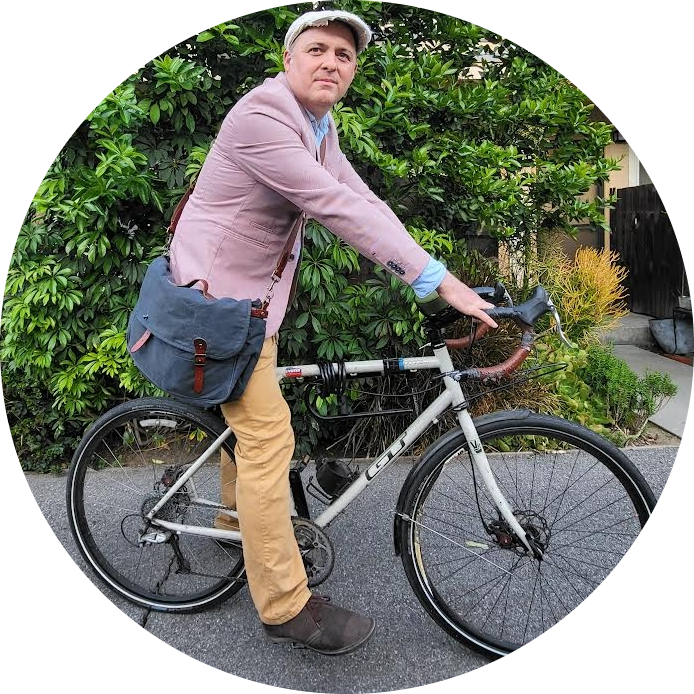

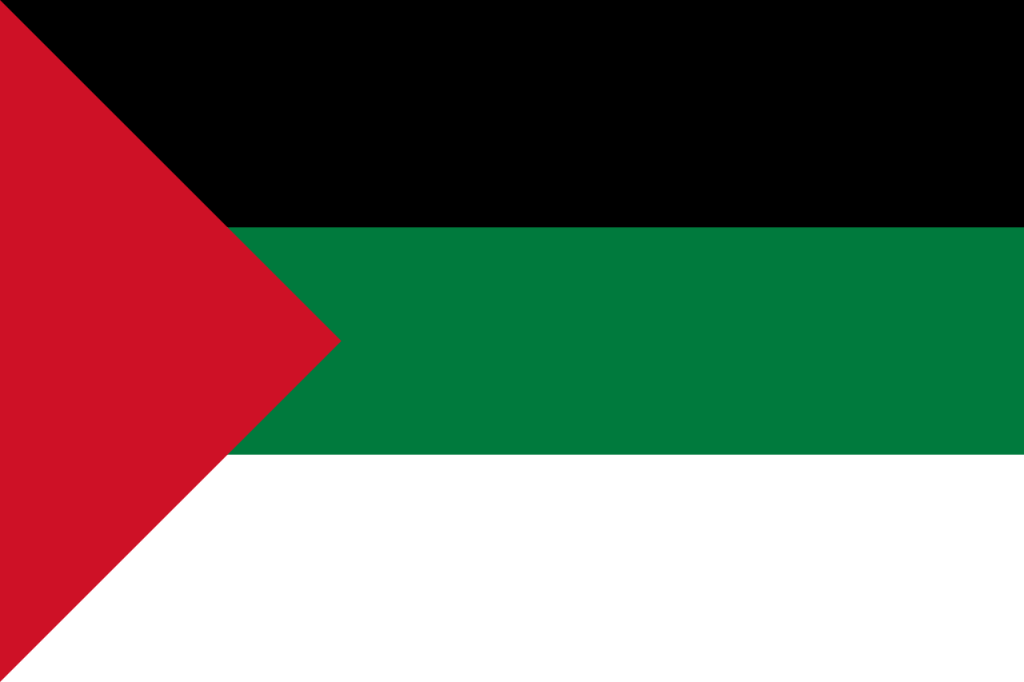
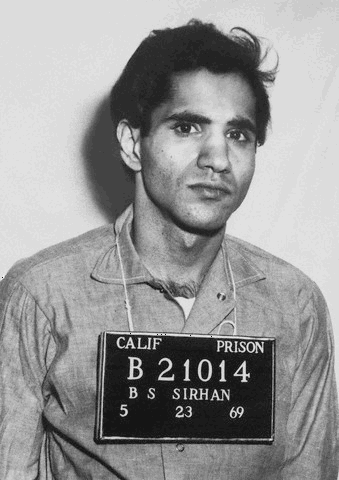
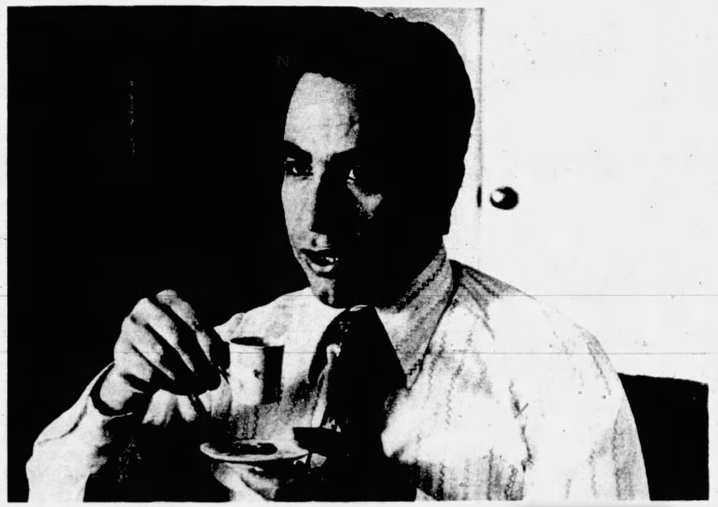
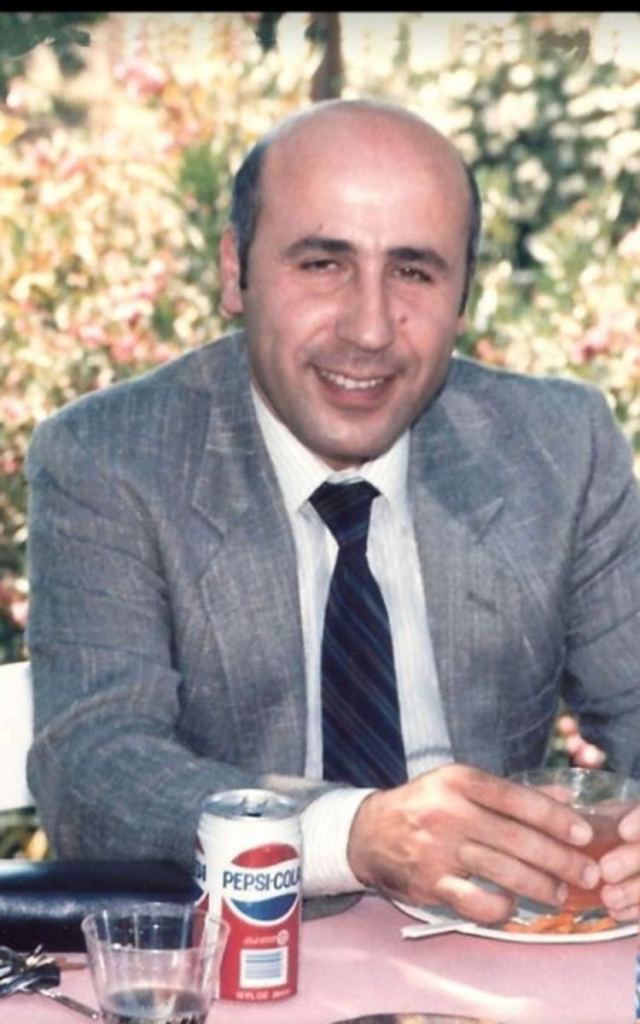
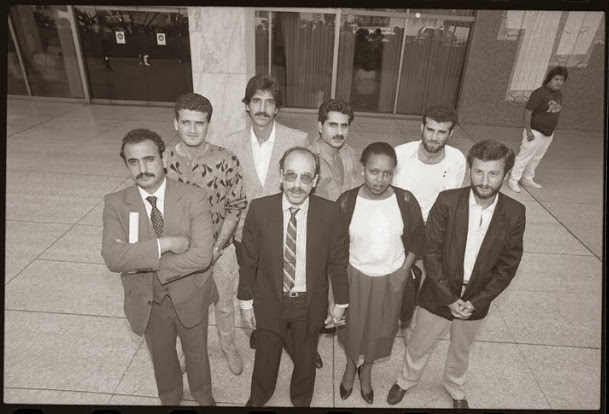
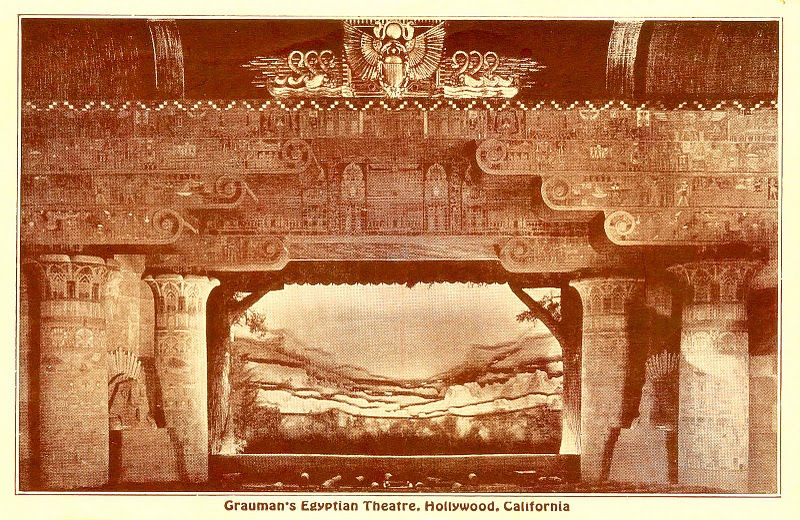
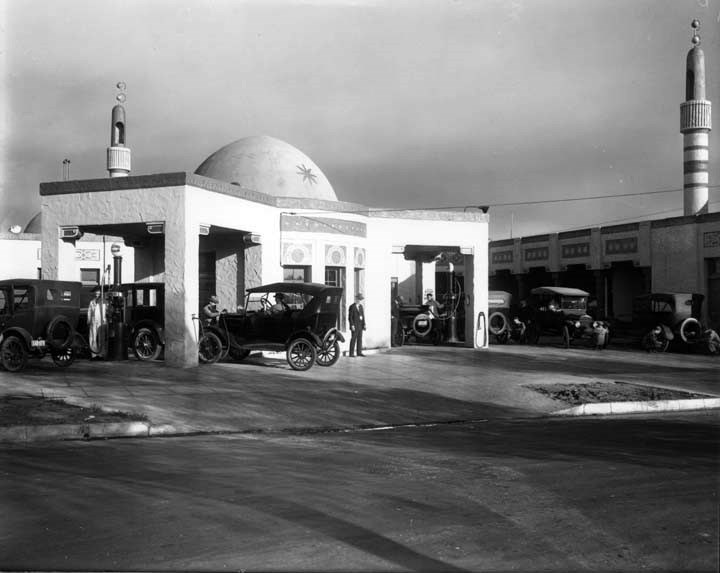

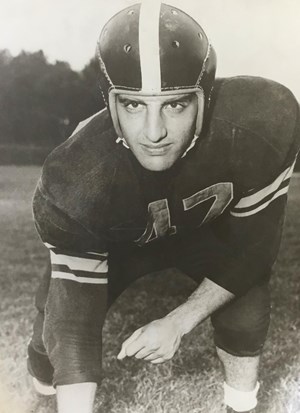

I’m Roberto Juan Gutierrez trying to find oil. Exchange for phone. Contact me as soon as possible. You guys could be #1.
LikeLike
We have a film – Les Meutes (Hounds) opening in LA at the Cinelounge on 12/6/24. The film won the Jury Award at the Cannes film festival. We would love to have support.
Best
Maryam@indicanpictures.com
LikeLiked by 1 person